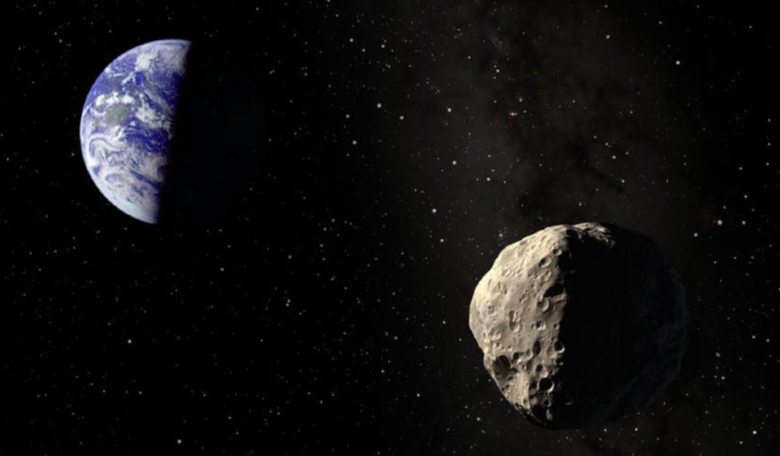When the asteroid Apophis approaches Earth's path in 2029, scientists hope to know a lot more about it than they know now.
Academic researchers from around the world will have the chance to study the estimated 370 metre asteroid up close - and hopefully several years beforehand - through a ride-sharing mission. The Milo Institute presented the opportunity this week at the International Astronautical Congress (IAC) taking place in Washington DC.
Lockheed Martin and Arizona State University created the one-year-old Milo Institute simply to open up more avenues to conduct space science than the conventional path of applying for a government grant.
"There are, of course, great space agencies in the world that are doing amazing missions," said Milo co-founder and president of The Planetary Society Jim Bell, a member of the ASU faculty. "But it's also true that of the, say, 10 proposals that get submitted to those agencies when opportunities arise, something like nine of them - nine out of 10 - get rejected. And they're all great proposals."
Instead, the institute hopes its missions will enable more science by bringing together researchers to share costs or team up.
"So we're trying to increase the number of missions – the science the world can do – by creating opportunities through a new model," Bell said.
The plan to study Apophis involves sending two spacecraft to fly by the asteroid carrying instruments for science and surveillance, transmitting back data to inform possible future missions that might take place when Apophis passes by.
Scientists predict that Apophis will pass within five Earth radii of the planet's centre of mass. That's closer than the orbits of geosynchronous satellites.
"It's not going to hit," Bell said, reiterating: "It will miss us. But it will be very close. And Apophis is the kind of object called a potentially hazardous asteroid that probably, in the long term - tens of thousands [or] millions of years in the future - probably will hit the Earth if it just comes close enough frequently enough."
The name Milo happened to come about in planning. It refers to the famous "Venus de Milo" statue, and with the associated planet name, just seemed to suit. In addition to organising the missions, the institute teaches other organizations how to design their own missions; offers training to aspiring principal investigators; and offers distance-learning courses through ASU such as in satellite command and control, project management, proposal development and entrepreneurship.
During the press conference in Washington, Milo's leaders outlined two more research opportunities: the chance to send payloads to the Moon's surface on Lockheed Martin's McCandless Lunar Lander; and the chance to take part in Milo's NEOshare mission to launch a cluster of six small satellites to study a minimum of eight asteroids referred to as near-Earth asteroids.
Costs for the Apophis Pathfinder and NEOshare missions depend on the level of participation. The institute is willing to help with mission design to help with likelihood of success and cost efficiency. The lunar payload will be at a fixed cost by weight.











